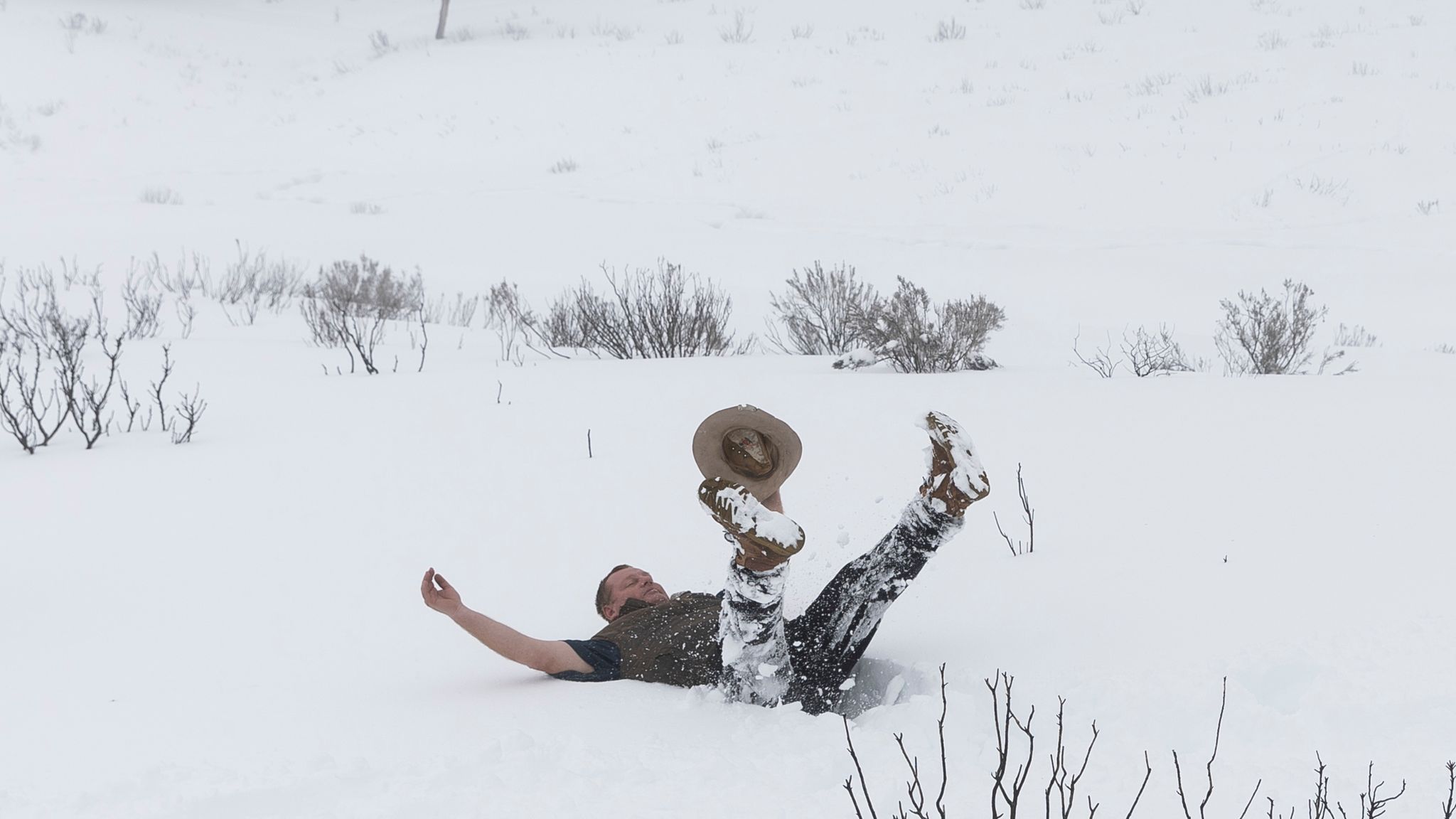Discover the Fascinating Results of Snow in Australia on Regional Ecosystems
Regardless of its reputation for sun-soaked landscapes, Australia likewise flaunts regions blanketed by snow-- a sensation that profoundly affects the nation's distinct ecological communities. The protecting residential or commercial properties of snowflakes shield flora and fauna amidst the coldest wintertimes, while the melting snow supports rivers and water life.
The Unexpected Regions of Snowfall in Australia
Although Australia is typically linked with sandy beaches and sun-scorched landscapes, particular regions remarkably experience snowfall. The high country regions of New South Wales, Victoria, and Tasmania are especially recognized for their wintertime snow. The Snowy Hills in NSW, as an example, obtain bountiful seasonal snow, offering a raw contrast to the nation's common warm, dry environment. The Victorian Alps and components of Tasmania likewise see yearly snowfalls, transforming the landscape right into a winter months heaven. These areas are not simply abnormalities however integral parts of Australia's varied environment system. The presence of snow in these regions substantially influences regional environments, consequently impacting the country's unique biodiversity. Nevertheless, the details influence on Australia's distinctive flora will certainly be talked about in the next area.

How Snow Impacts Australia's Special Flora
While it might appear unusual, snowfall in Australia plays a vital role in forming the nation's unique plants. The snow-filled winters months foster resilience in Australian plant varieties. This is particularly apparent in the sub-alpine and alpine regions, where snow periodontals and hill plum-pines prosper. These plants have evolved to endure in extreme conditions, with snow acting as a protective blanket from severe winds and freezing temperature levels. The snow likewise adds to the dampness material of the dirt, offering needed hydration for plant life throughout the completely dry summertime. In essence, the snow affects the timing of flowering and seed dispersal, the growth rates, and the survival of numerous plant types, showcasing the detailed interaction in between environment and flora in Australia.

The Adaptations of Australian Animal to Snowfall
Just as Australia's flora has adapted to the wintery problems, the neighborhood animals as well, exhibit amazing adjustments to the snowfall. Species like the Hill Pygmy-possum, the only Australian marsupial known to hibernate, have progressed approaches to endure in snowy atmospheres. It makes use of the snow as insulation, hibernating in rock gaps under the snow to remain cozy. The Snow Skink, a varieties of reptile, transforms its colour to white during wintertime, providing camouflage versus predators. Birds such as the Snowy Mountains' Crimson Rosella likewise readjust their diet plans to eat offered food resources during cooler periods. Hence, regardless of the rough problems, Australian animals shows a flexible and resilient nature, ensuring their survival in areas experiencing snowfall.
The Role of Snow in Forming Regional Ecological Communities
Fit the neighborhood communities, the function of snow in Australia is both multilayered and profound. It view publisher site influences the circulation of vegetation and animals, mostly specifying the biodiversity of sub-alpine and alpine areas. Snow provides a crucial water resource, feeding rivers and tanks as it melts, therefore supporting a variety of marine life forms. In addition, snow serves as an insulator, securing ground-dwelling microorganisms from severe cold. Similarly, it plays a substantial role in dirt development and nutrient cycling. The routine freezing and thawing of soil generated by snowfall cultivates the malfunction of rocks, improving dirt fertility. The visibility of snow shapes the plants patterns, pet actions, and general sustainability of Australia's special communities.

The Future of Snowfall in Australia: Effects and forecasts

Given the important function snow plays in forming neighborhood ecological communities, the future of snowfall in Australia is attracting raising interest from environmentalists and researchers. Less snow can result in decreased water accessibility in alpine regions, adversely influencing wildlife environments and plant life. The tourist industry, heavily reliant on the winter months snow season, might likewise dig this face considerable challenges.
Conclusion
The function of snow in Australia's ecological communities is critical yet frequently neglected. It acts as a guard, a nurturer, and a shaper of diverse alpine types, adding to the splendor of Australia's high nation. As weather patterns remain to move, understanding the important source effects and possible makeovers of these snow-influenced ecosystems is vital. Hence, the snow in Australia is more than an all-natural spectacle; it's a vital player in the country's ecological narrative.
In spite of its reputation for sun-soaked landscapes, Australia likewise flaunts regions blanketed by snow-- a phenomenon that profoundly influences the country's one-of-a-kind ecosystems. It utilizes the snow as insulation, hibernating in rock gaps below the snow to remain warm - Does It Snow In Australia.In shaping the local ecosystems, the duty of snow in Australia is both extensive and multilayered. The presence of snow forms the greenery patterns, pet actions, and general sustainability of Australia's unique ecological communities
Given the crucial duty snow plays in forming neighborhood communities, the future of snowfall in Australia is attracting boosting attention from ecologists and scientists.
Comments on “Discover the Background Behind Snow In Australia and Its Snowy Landscapes”